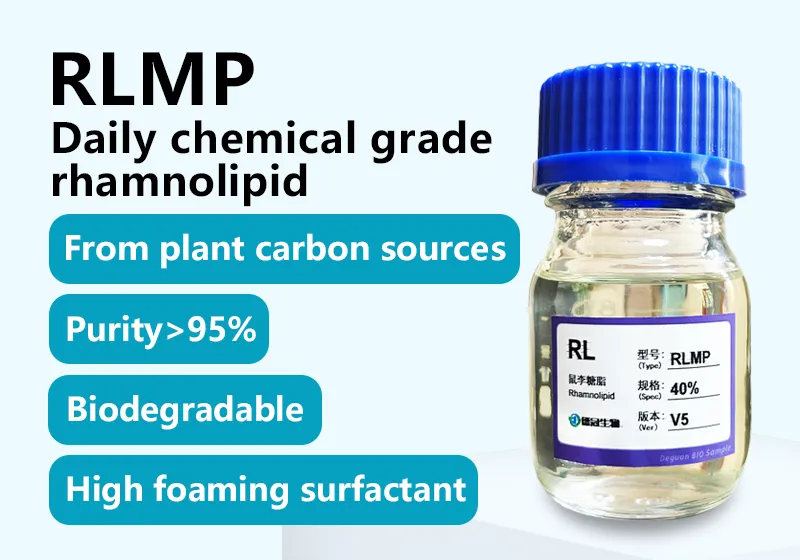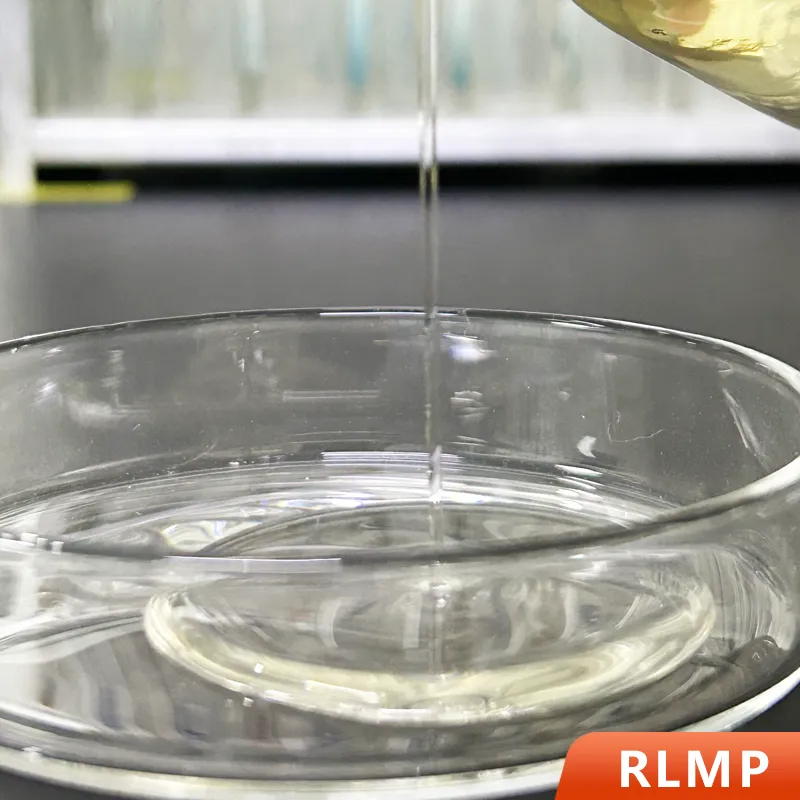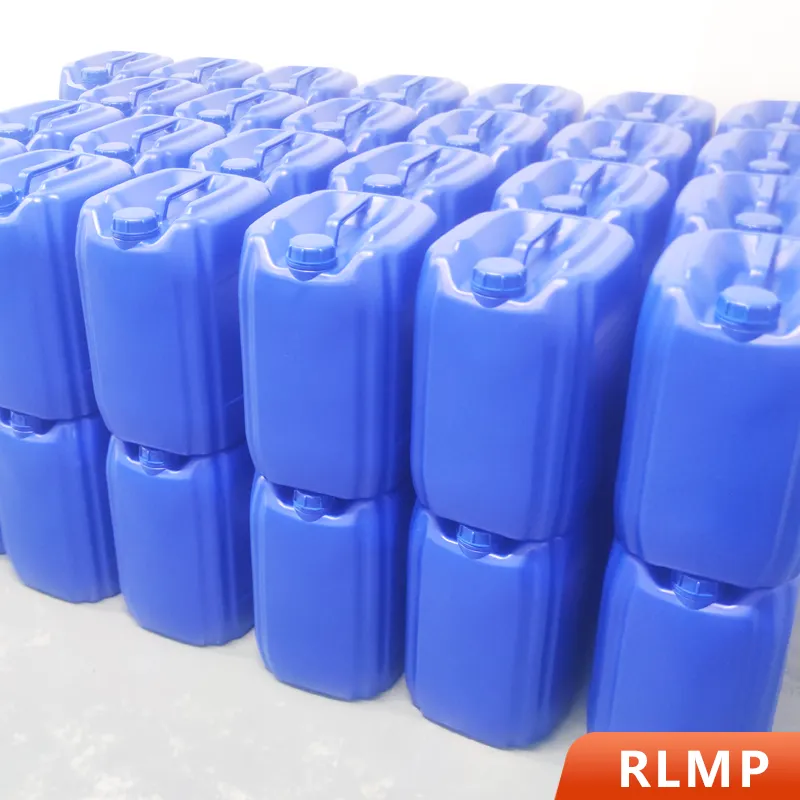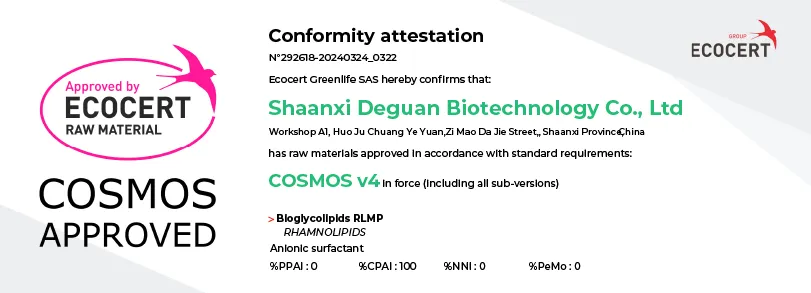Basic Information

Product model: RLMP
Product appearance: Light yellow to brown liquid
Effective substance content: 40%±
Usage: Daily chemical field
Packaging specifications: 25kg、200kg
Product Description


Bioglycolipid RLMP is a rhamnolipid surfactant produced by a fermentation process, using food-grade vegetable oil as the carbon source, and then purified and concentrated. The product is easily soluble in water and some organic solvents, resistant to high temperatures and high salts, and has strong foaming ability. It has excellent surface properties, is non-toxic, easily biodegradable, and environmentally friendly. It can be used in various civilian fields such as daily chemicals, cleaning, and home care.

100% Agro-Ingredients
Physical and chemical indicators
Di:Mono≈20:80
Features
Bioglycolipid RLMP is a biosurfactant with excellent surface properties, which has the functions of reducing surface tension, emulsifying, wetting, decontamination, and foaming. Its characteristics are as follows:
1) Excellent surface properties: RLMP solution with a concentration of 1‰ can reduce the surface tension to less than 25mN/m. Its CMC concentration is <20mg/L.
2) Excellent foaming power: Using the national standard test method, the foam height of RLMP can reach 951ml in 30s, and the foaming power remains at 852ml in 5min. It is a high-foaming product.
3) Excellent wettability: 0.5% concentration wetting time 84 seconds, contact angle 133°. The wetting time at 1% concentration is 76 seconds, and the contact angle is 139°. (National standard reverse dripping turbidity method)
4) Good tolerance: Experimentally measured, RLMP can withstand high temperatures of 150°C and salt concentrations of 100,000 mg/L, while still maintaining stable structure and performance. The national standard law evaluates its stability in hard water to level 3.
Precautions:
1) It is not recommended to use it under the condition of 5℃>temperature>150℃.
2) Avoid using it with strong acids, strong bases, and strong oxidants.
3) Generally, preservatives are added to the product when it leaves the factory. If it needs to be changed or adjusted, please contact us in advance to confirm.
